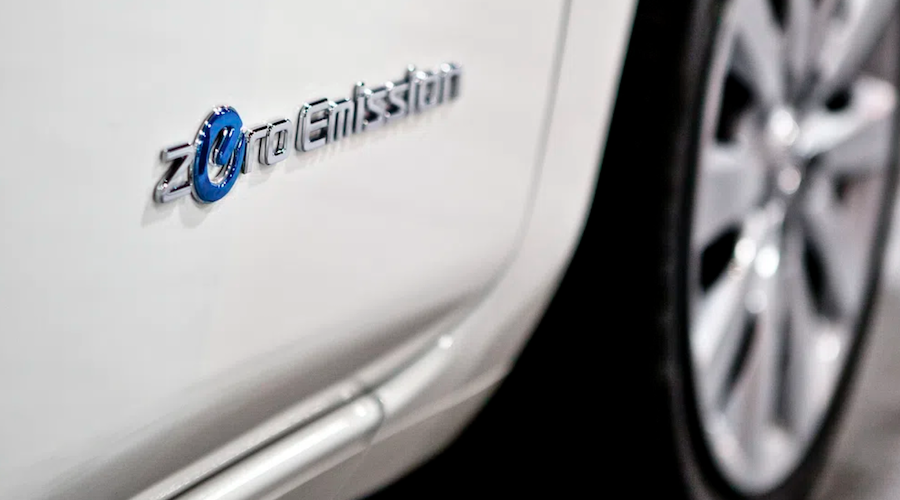
A paper by researchers at Penn State University shows that there has been little research to determine how equitable the benefits of electric vehicles are and, in fact, whether the technology may unfairly harm some areas and populations.
The study only found 48 papers out of a pool of 9,838 studies that explicitly addressed the equity issues of EVs.
“During that screening process, we began to learn what is overstudied and what is understudied,” Wei Peng, co-author of the study, said in a media statement. “We highlighted in our paper what we saw as the most understudied: making equity more explicit as research and, second, we saw a need to focus on those emerging markets and parts of the developing world where EVs are going to be more important.”
Peng noted that while driving electric vehicles may not emit carbon and other gases that could be harmful to people and the environment, there could be other economic and ecological costs that are not readily apparent. For example, power plants that create the electricity to charge the vehicles may rely on inputs such as coal that produce carbon emissions. These plants may also be located long distances from where the electric vehicles are in use.
The researchers added that the electric vehicles themselves require metals and materials that must be mined and manufactured. These materials are often transported through complex supply chains that stretch across the globe.
The paper, which was published in the journal Environmental Research Letters, notes that little work has been done to understand the makeup of populations that may be vulnerable to those impacts.
“One of the things we need to focus on are the effects of air pollution and, in particular, location-specific factors,” said Jinyu Shiwang, co-author of the research. “For example, there is the distribution of social demographic patterns that will influence the exposure and influence the environmental impacts.”
As an example, locations with more older people might be more vulnerable to the health impacts of air pollution compared to places with higher numbers of young people.
Technologies aimed at improving the environment—often called “clean tech”—are often viewed as universally beneficial. However, the study points toward the need to deeply probe all of the possible effects—positive and negative—of these complex technological advances from the lens of equity.
Peng, Shiwang and their colleagues conducted the literature review by searching for peer-reviewed papers published in English between January 2010—when EV technology began to rapidly emerge—and August 2022.
The researchers included papers that quantitatively assessed the distribution of at least one outcome of interest, such as emissions, pollution or health. They also included papers that studied the impacts across different population groups and locations. However, they excluded papers that did not perform a quantitative assessment of the distribution of emissions and/or health impacts.
The researchers point out that more information is needed on the pollution and health impacts at a fine spatial scale, in addition to quantifying the impacts on emissions. There is also a need to understand the links between the transportation, power and manufacturing sectors to get a better grasp of the region-specific activities and impacts of the whole EV value chain.